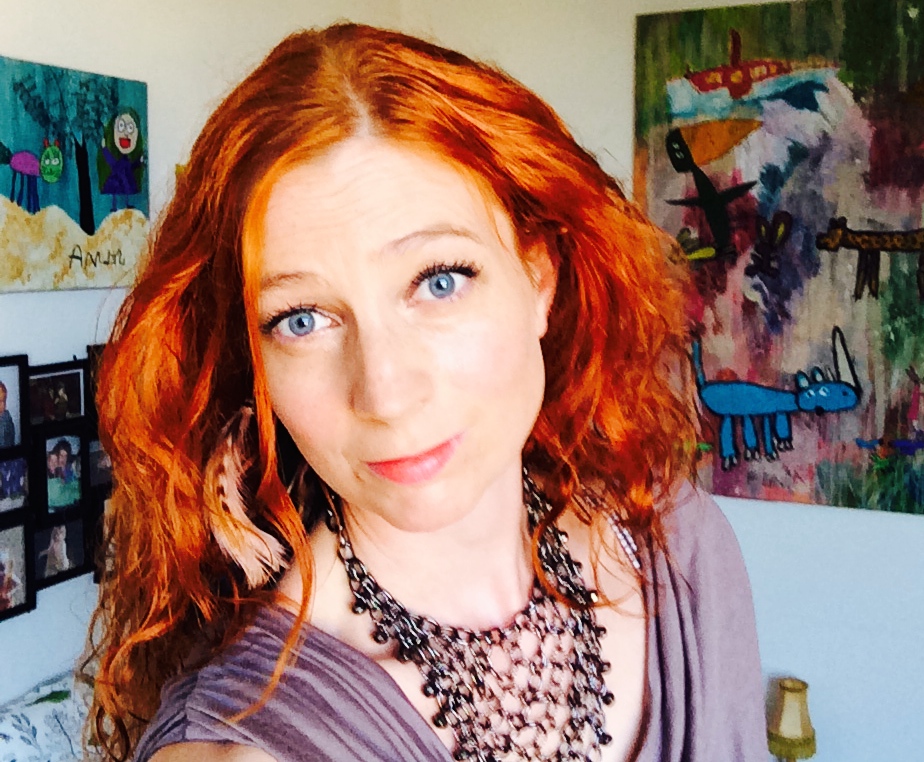Researcher: Drop the phrase study environment
Study environment is too narrow a phrase that only directs itself at students, according to Associate Professor Rikke Toft Nørgård, who carries out research into teaching development at AU. The university is a community, and the physical surroundings should support this.

"I don't think it makes sense to talk about study environment at a university."
This is the surprising statement from Rikke Toft Nørgård, associate professor at the Centre for Teaching Development and Digital Media at AU. With her knowledge of developments in teaching environments and her experience as a lecturer, she naturally became a member of the working group that recently submitted seven recommendations for the development of the physical study environment at AU to the university's Committee on Education, headed by Pro-rector for Education Berit Eika.
READ MORE: Seven recommendations for how the study environment can be improved at AU
Rikke Toft Nørgård explains why she would like to stop using the phrase study environment:
"It’s too narrow a description and study environment contains an implicit separation between staff and students. Instead you should talk about an educational and university environment for all of us who are at the university on a daily basis.”
She continues:
"Magical things can happen if we talk about it in this way. In my research I work with participatory academic communities. They are about creating space and practices for these communities and moving the students away from the perception of being here to receive teaching and education. The university is something that we create together."
More than a place to work
The community should be reflected in the surroundings, and Nørgård wants the university to become more of a place to be and live, rather than a workplace. A place where people meet to create the university together and do so in interaction with the surrounding society. She highlights the building DOKK1 in Aarhus as a good example of somewhere that houses students, conferences, a library and the Citizen’s Services. The library has been reimagined in a new way and opened up for the public and the city – both architecturally and more specifically in the form of long opening hours.
She encourages AU to be better to exploit its central location in the middle of Aarhus to create interaction with the rest of society and, not least, to show why the university is relevant for society and why society is relevant for the university.
Invite the world to visit us, but do it in an academic manner
"It’s about more than just climbing down from our ivory tower, which is what we often hear. Rather, what we should be doing is inviting the world to visit us, and not only by having cafés or a supermarket on campus. The world and the university should interact in an academic manner. For example, why don’t we have a children’s playground on campus developed by our researchers? Or science and exploration centres where we explore key challenges in academic ways together with the city and society? We could have info screens placed around the city inviting people to come by and take part in the things that are taking place at the university." suggests Nørgård.
An exhibition of practical results and achievements is not enough. It is also important to dare to show people the university’s experimental and basic research characteristics, she emphasises.
"What’s special about the university is precisely this 'not ready yet-ness' that comes to the fore in basic research in particular. The research that lays the groundwork so the world can later on explode in 3D printers, for example."
Therefore, it is no coincidence that the first recommendation is a call to experiment with the layout of the physical surroundings both inside and outside the classrooms. For the experimental approach also permeates the other recommendations.
We must model our ideas first
The researcher recommends that we generally take the time to explore and test whether the ideas for developing the study environment really are what is required, before pouring millions of Danish kroner into a project.
"Before we build physical environments, we need to build a model and spend a year experimenting with it. And we must accept that testing new initiatives is often a dirty and messy affair. It’s a bit like an adventure playground – not particularly pretty, perhaps a little dangerous but still very exciting."
Do not just build a copy
Nørgård recommends that when we look for inspiration to improve and develop the study environment, the experimental and unpolished is precisely what we should look towards. Qualities that can very much be found in Berlin or the above-mentioned adventure playgrounds. Once again, she highlights DOKK1 for its expression and openness:
"Even though it could dare to be messier and more cluttered once in a while."
She also points to the Danish political party The Alternative and the way in which they dare to transform and rethink politics.
Rather than letting ourselves be inspired by finished solutions at other universities, we should work to promote certain values, visions or qualities.
"If we look only at other universities for inspiration, there’s a big risk of us just building our own copy, without being able to explain why," she says.
Translated by Peter Lambourne

